InterestedParty
Active Member
Perhaps he had a fuel or similar problem that caused the loss of both engines and thought he would be able to stretch the glide and make it to dry land, but didn't make it
Like the Canadian A330 crew who pumped fuel into a wing tank through a leaking fuel line . . . . but they managed to glide to the Azores & land safely.Possibly but why would you and if you still had power why would you ditch? But it also could be the age old problem of having a engine fail and fettering the wrong prop. this has been the cause of more than one accident in the past when the cockpit work load suddenly increases, another option could be that during single engine approach training the other engine failed.
Swerve is referring to the Air Transat flight 236 in 2001. Story here. The aircraft involved was an Airbus A330.Do you mean the Gimli Glider; or was there another occasion? In the Gimli case it was a 767; and an error in converting imperial to metric that was the problem if I remember correctly.
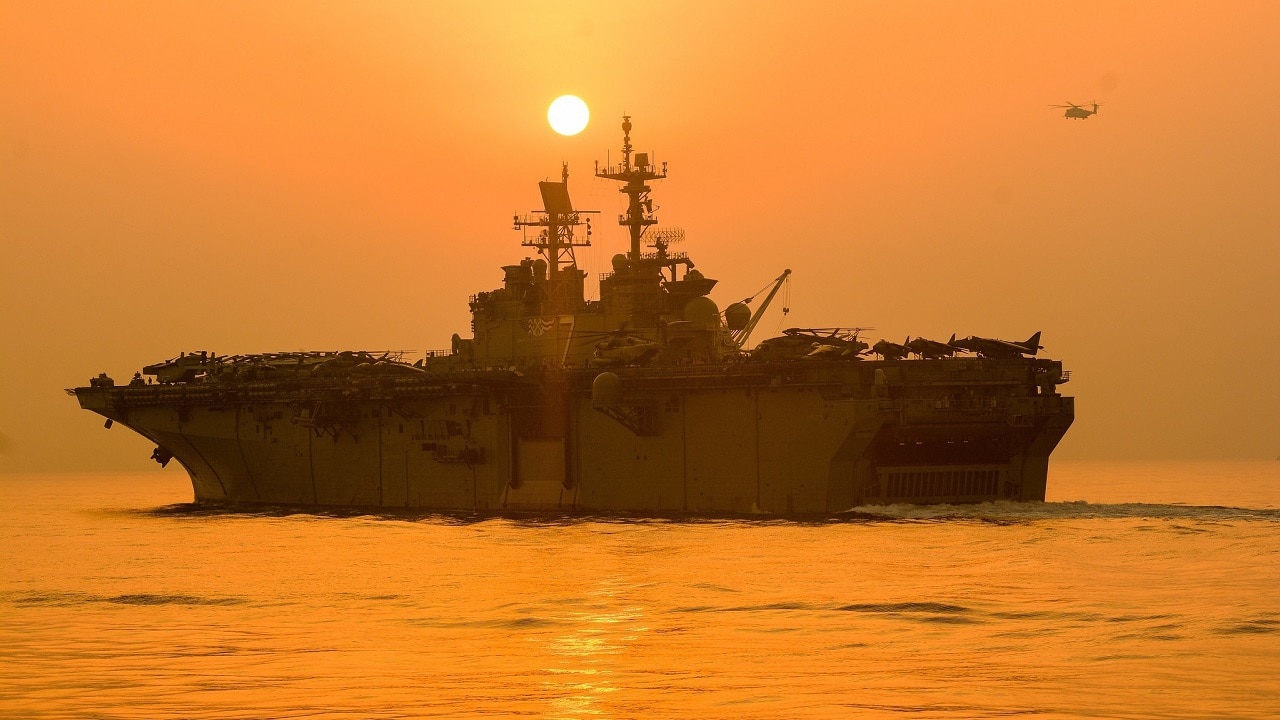
But the fiscal 2023 White House budget request released on March 28 calls for the retirement of 24 ships and the construction of just nine, leaving the Navy further from its fleet-building goal than when it started.
LCS is gone, but did it really contribute much anyway. Loosing the cruisers, the older Burkes, and the Marines will be in crisis with their amphibious fleet as well as issues with subs.This, along with an anemic building program, will shrink the navy to 280 ships, at the same time they are calling to build a 500-ship Navy.
Yes that containerised Mk-41 VLS really intrigued me. Fits inside 40ft boxes from the looks of it and could easily be hidden in plain sight. Just another container plying the world's trade routes.Xavier report on Sea and Airspace for Day 1.
Also LM showcase their expeditionary launching system. Seems base on mobile Mk41.
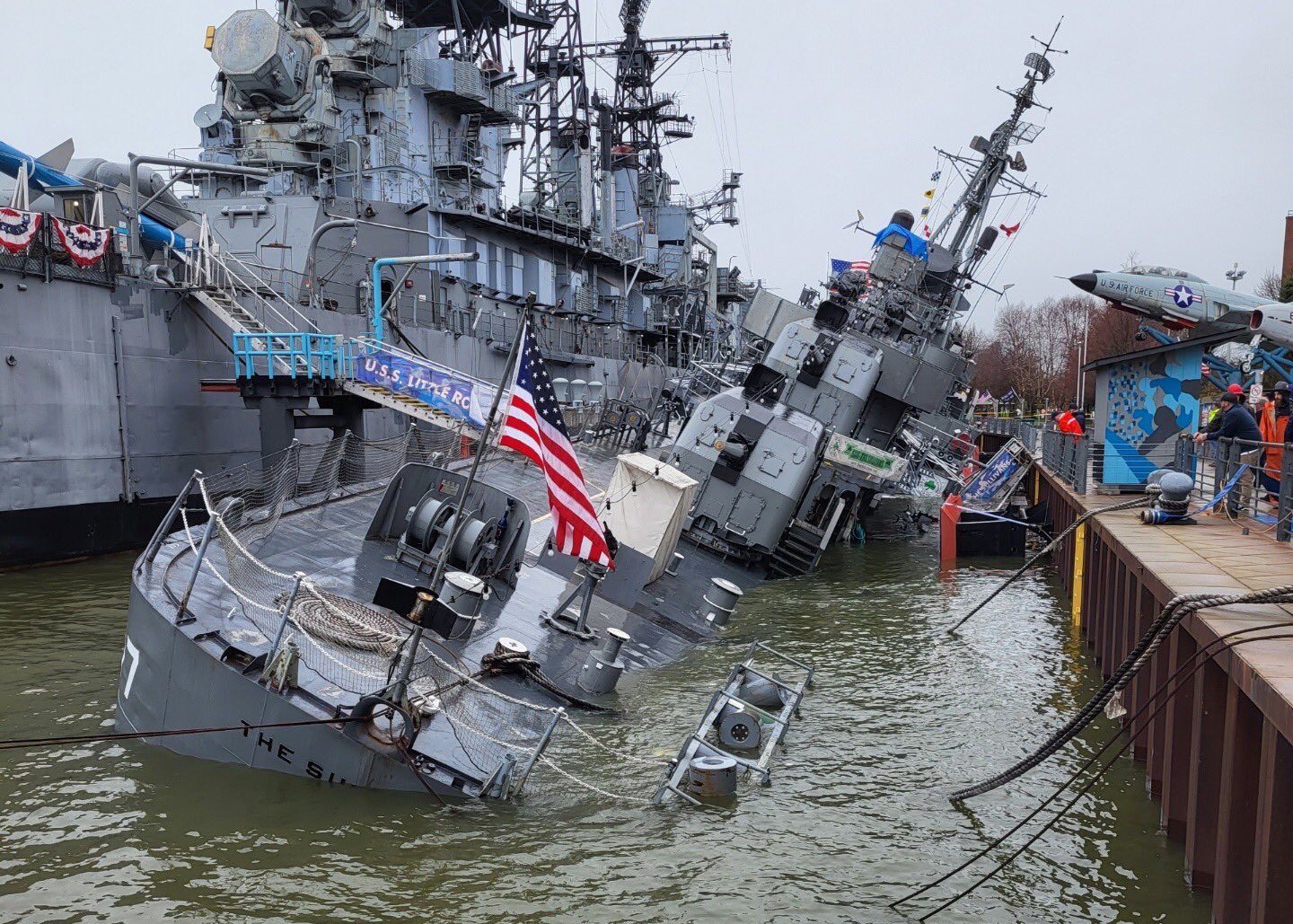
 gcaptain.com
gcaptain.com
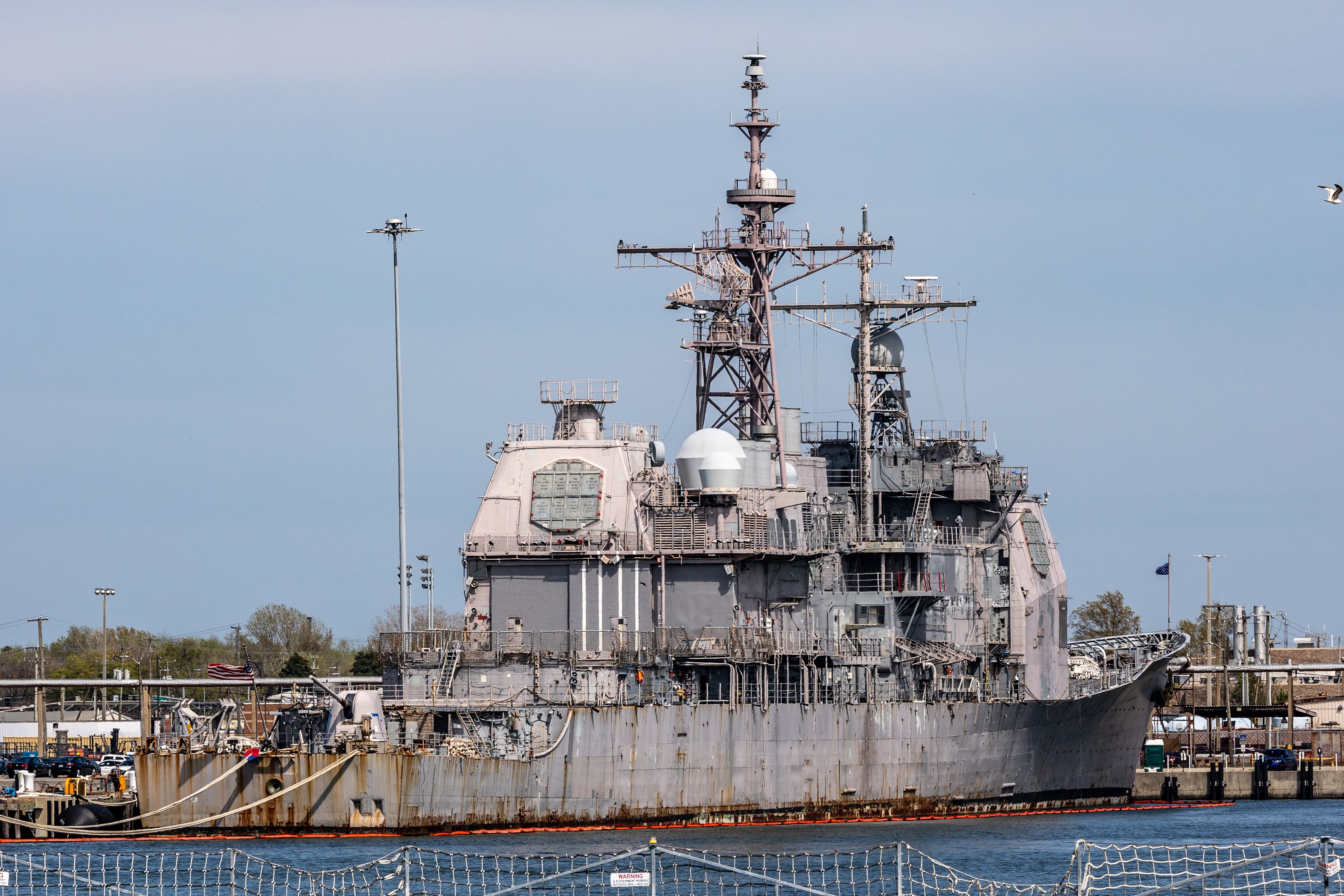
While the burke flight III are set to sort of replace them, they won't come on quickly enough. Its not just the missile load out they will be missing either with space for command capabilities short in the fleet post 2027 as the new radar consumes the smaller command space available on burkes. Also its not like the cruisers will be fully operational up until 2027, they have been progressively assigned home water duties, effectively they are out of the fight already, as upgrade work has uncovered a myriad of problems across the entire fleet.All 22 remaining cruisers are set to leave the fleet by 2027.
...
The Navy’s current plan is to replace the cruisers with the upcoming Flight III Arleigh Burke-class destroyers. The first Flight III, Jack Lucas (DDG-125), is set to commission next year. The destroyers will enter service at a rate far slower than the cruisers are leaving.
...
In the mid-2010s, the service went ahead and took seven of the ships out of service, saying they would later be modernized to reenter the fleet as older cruisers reached the end of their service lives. The ships were not officially decommissioned, but instead entered a limbo state where crew numbers shrank to near-caretaker size. Stores, fuel and much of the ships’ equipment were removed, and at different stages the ships were “inducted” into a cruiser modernization program. Some shipyard work was done on the ships, but only in phases.
None of the ships inducted into the cruiser modernization program have returned to service. Two, Hue City and Anzio, are already slated for decommissioning this year and are in such poor condition the Navy determined they’re no longer worth repairing.

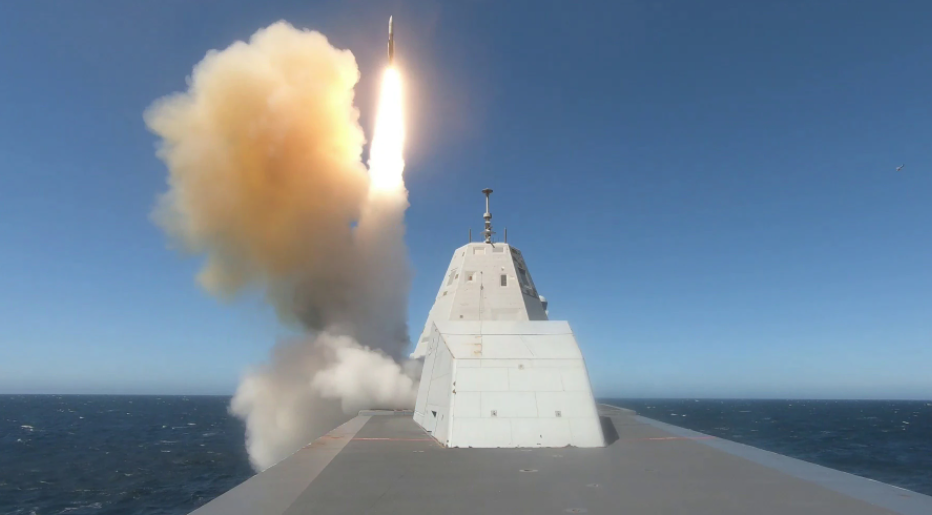
Once the two 155 AGS are removed I see a hypersonic missile future for this class.The Zumwalt can now fire ESSM's and SM-2's- final testing done. Still no proper offensive weapons beyond 2 x 30mm guns though.
(yes, I know they can use the missiles for offense if need be, but it's not their primary function)

USS Zumwalt conducts live-fire missile exercise
USS Zumwalt (DDG 1000) conducted its first in-class, live-fire missile exercise, April 14, as the crew prepares for their maiden employment.www.navaltoday.com
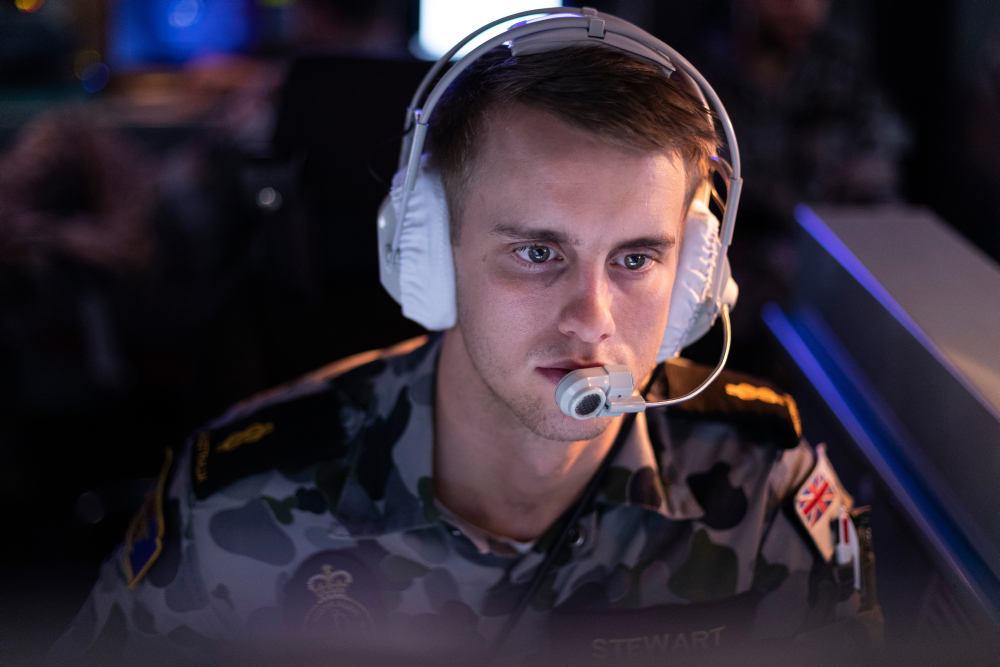
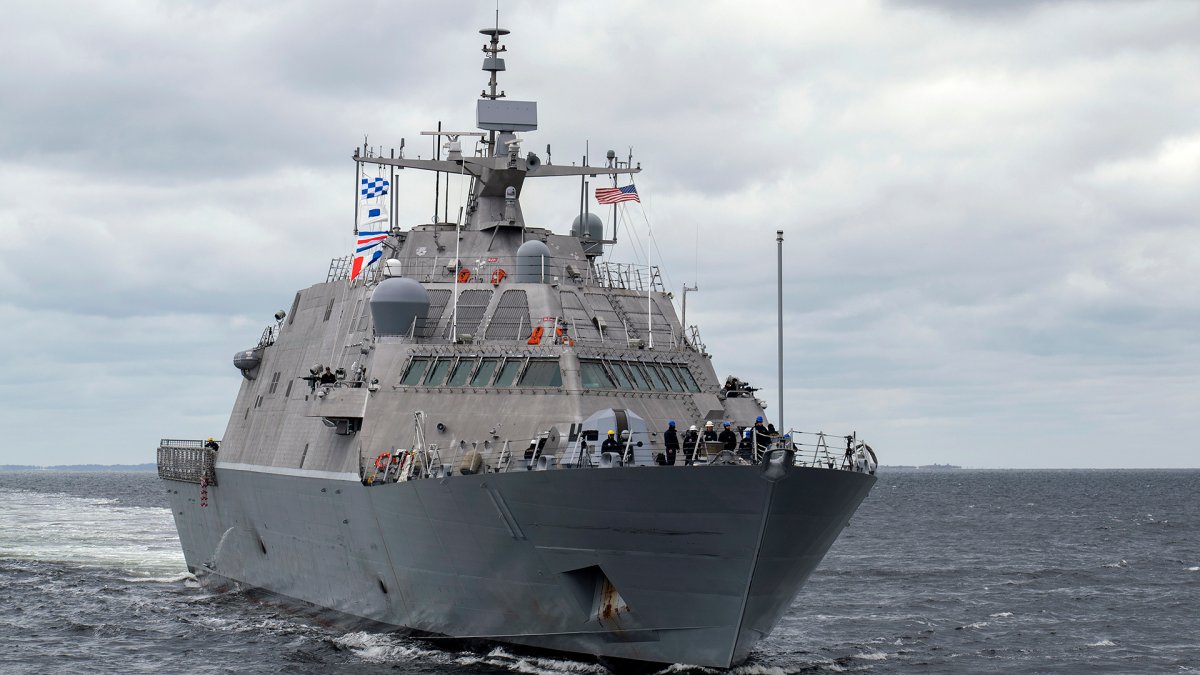
Seems that the preparations for the transition of the RAN to nuclear powered attack boats is gathering a little pace. Authorization for or so 2 officers exchange a year seems to suggest they are preparing for a 13 - 15 year or so pipeline for command staff (not including time already spent in the RAN at commencement) if my simple interested civilian calculations are correct. Everyone talks about which boat will be chosen and how it can and how fast it will be built. The human factor is just as vital of course.US legaslative bill to open up US sub training to Australian Sailors. Welcome news.

New AUKUS Caucus Bill Calls for U.S.-Australia Sub Training Pipeline - USNI News
A bipartisan group of House lawmakers on Wednesday unveiled legislation that would help the Royal Australian Navy train its future submarine warfare officers with U.S. sailors. Dubbed the “The Australia-U.S. Submarine Officer Pipeline Act,” the legislation would allow Australia to send at least...news.usni.org
Some friendly advice there is currently a red ink warning against speculation on Australian Submarines, I would heed it if I was you.seems to suggest they are preparing for a 13 - 15 year or so pipeline for command staff (not including time already spent in the RAN at commencement) if my simple interested civilian calculations are correct. Everyone talks about which boat will be chosen and how it can and how fast it will be built. The human factor is just as vital of course.
Yes you are quite right, definitely would like to avoid the dreaded red ink especially not being someone really in the know. I possibly went a bit far with that comment with the limited research I did after reading that article.Some friendly advice there is currently a red ink warning against speculation on Australian Submarines, I would heed it if I was you.
